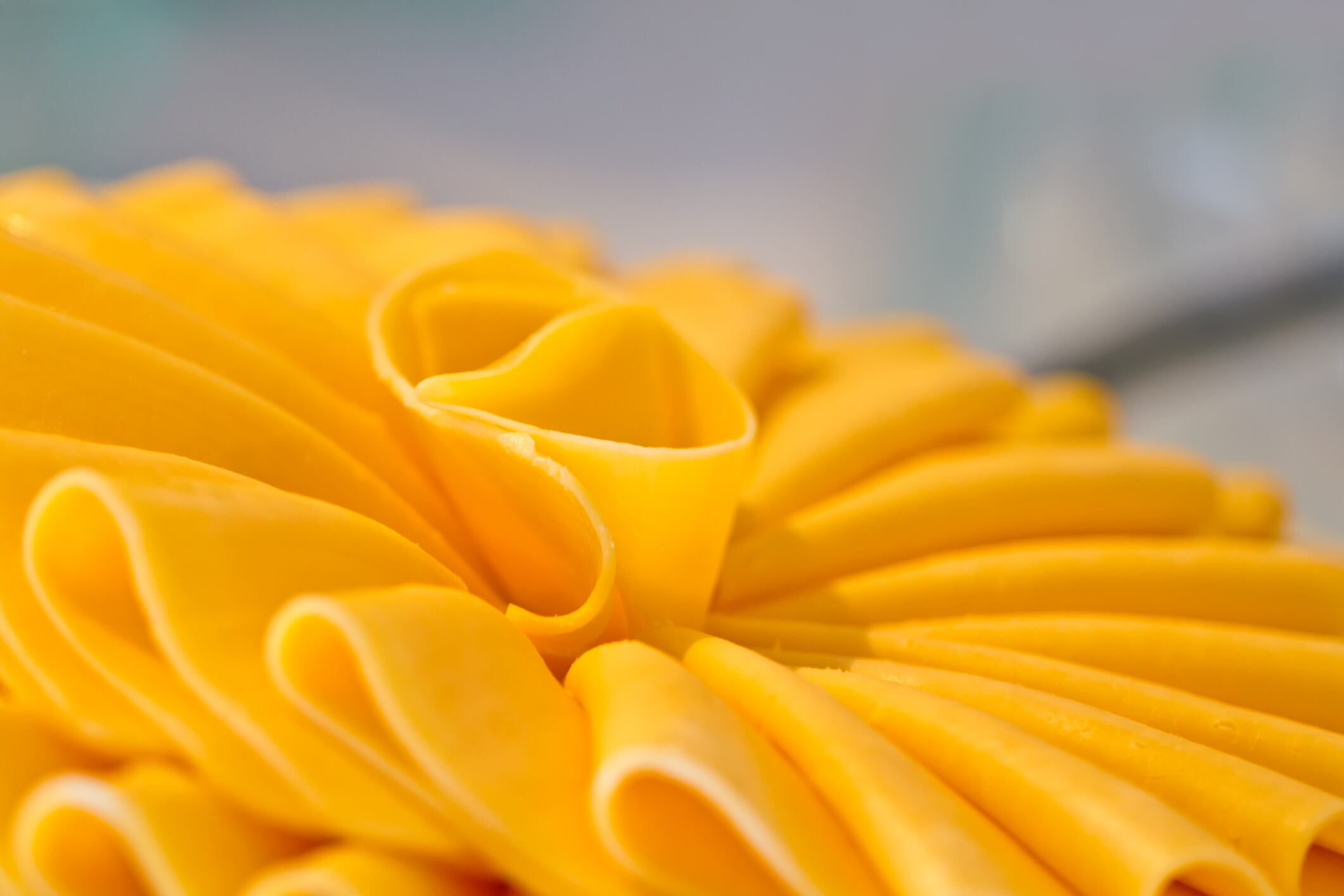Scientists from Empresa de Pesquisa Agropecuária de Minas Gerais and the Universidade Federal de Juiz de Fora explained that Prato cheese – one of the most consumed cheeses in Brazil and often used in sandwiches and other culinary applications – is a significant source of sodium. For example, just two slices of Prato cheese can contribute 18% of the daily maximum intake of sodium.
Different salt substitutes were therefore tested to reduce the sodium content of Prato cheese, and assess the impacy on physicochemical characteristics and sensory acceptance.
The cheese was salted in brine with 40% of sodium chloride replaced by KCl, Sub4salt (Merck Millipore Brazil), or Salona.
The data showed that brine composed of 60% NaCl + 40% KCl led to sodium reductions in the final cheese of 28%, with brine composed of 60% NaCl + 40% Salona led to sodium reductions of 35%. The least impact was observed for the cheese salted in brine containing 60% NaCl +40% Sub4salt, where sodium reductions of 16.5% were recorded.
The researchers also reported that there were no significant differences between any of the cheeses for pH, proteolysis indexes, melting capacity, and texture profile.
Acceptance
Sensory data obtained from 108 people showed that the KCl cheese had a slightly different appearance and aroma, but there were no significant differences between any of the cheese for overall acceptance.
“The partial replacement of NaCl with the use of sodium substitutes did not interfere in the physicochemical, melting capacity, and texture profile of Prato cheeses,” wrote the researchers. “A significant sodium reduction was observed with the use of salt substitutes. The cheeses presented similar acceptance scores when compared to the control treatment.
“The results obtained in this work allow the production of reduced-sodium Prato cheese with the same characteristics of traditional cheese. Thus, the sodium reduction with the use of salt substitutes in Prato cheese may be a viable alternative for the dairy industry,” the concluded.
Source: LWT
Volume 90, Pages 643-649, doi: 10.1016/j.lwt.2017.12.051
“Sodium substitutes in Prato cheese: Impact on the physicochemical parameters, rheology aspects and sensory acceptance”
Authors: R. Golin Bueno-Costa et al.


